Our History
Our Legacy of Caring
At The West End Home Foundation, our roots run deep in the Nashville community. For more than 130 years, it has been our privilege to serve as a unique institution dedicated to the care of older adults. Ours is a story of perseverance through changing times. It is a story of people, motivated by compassion, working together to give older adults in need a place to call home, where the anxiety of facing a bleak and uncertain future is replaced by the bonds of love and security.
1889: Meeting The Need
“Let us strive on to finish the work we are in, to bind up the nation’s wounds, to care for him who shall have borne the battle and for his widow…” — Abraham Lincoln, Second Inaugural Address
In 1889, the ravages of the Civil War were still being felt across America. Nashville was no exception. Scores of Tennessee women were widowed by the war. Many of them were also penniless, their family fortunes wiped out. Realizing that these widows would need additional support as they grew older, a group of visionary Nashville leaders took action. Leading the initiative was Mr. M. H. Howard, who left a bequest in his will toward “the establishment of an institution for the care of the aged and helpless women who are unable to work and who are without means of support.”
The Howard Fund inspired others to give. Soon, enough funding was raised to purchase the Weller House at 136 North Cherry Street (now Fourth Avenue) for $12,000. One of the original patrons was Mrs. James K. Polk, wife of the 11th President of the United States. For two years, The Home was operated in partnership with the Nashville Relief Society, which co-sponsored the purchase.
On December 17, 1891, the State of Tennessee granted a new charter establishing The Old Woman’s Home. Signing the charter were L. H. Lanier, Sr., James Whitworth, J. S. Reeves, D. C. Scales, John P. White, William Morrow, S. J. Keith, John M. Lea, Edgar Jones, M. B. Pilcher, D. C. Kelley, Oscar F. Noel, and F. W. Weller. A Board of Directors was organized to operate The Home and provide care to the residents, who were known as “Inmates.” Mrs. James Whitworth served as the first President for a period of seven years. Mrs. S.J. Keith assumed the office after Mrs. Whitworth and served for twenty-four years. In 1893 a “Young Peoples Auxiliary” was organized to assist the Board of Directors and provide entertainment and small luxuries for the Inmates. The Auxiliary later helped to provide nurse’s salaries for The Home. Dues for the Auxiliary were $2.00 a year, payable semi-annually, in advance.
1909: Building A New Home
Thanks to the generous contributions of several Nashville families, the Board purchased property at 2817 West End Avenue in 1909 and began construction on a new and improved home for the ladies. A horse-drawn carriage, furnished by Finley-Dorris Funeral Home, provided the transportation as 20 residents moved into their new home that year. Still called The Old Woman’s Home, the building also featured high ceilings, large formal parlors, independent living quarters, and a spacious front porch, where the ladies often congregated, sitting in rocking chairs and fanning themselves as they received visitors and watched the world go by. Even today, many of the present board members can remember taking cookies and visiting the ladies with their own grandmothers in the 1940s and 1950s.
Additions to The Home included the Mary Lanier Cooley Memorial in 1919 which gave the Home the capacity for forty-eight residents as well as the matron and resident nurse and the Keith Memorial which was to enlarge the work of The Home to include care of aged couples and aged men. Two couples were admitted and although they lived the remainder of their lives in The Home, it was determined that The Home was not suited for this purpose. In 1938 an addition was made of a Hospital Annex to The Home. The Annex had eight rooms and three baths.
In 1914, the Board approved the creation of an endowment fund to be “kept as a Sacred Trust,” with no part of the principal to be expended. The original amount endowed was $674.47.
For 75 years, the Victorian-style Old Woman’s Home, with its imposing white porch columns and peaked tower, stood as a prominent Nashville landmark at the corner of West End Avenue and 29th Street.
1984: Progress Continues
The 1980s were a time of great change and promise. In 1984, the building on West End Avenue was razed to make room for the Park Place Shopping Center, and construction of a new, more modern facility began at 2818 Vanderbilt Place. Situated on 1.7 acres, the new West End Home for Ladies (renamed in 1981 despite the objections of many of the 40 residents) featured a host of amenities: Private baths, laundry facilities, a storage closet for each resident and a common living room on each floor. On the main level, residents enjoyed a beauty parlor, doctor’s office, large dining room and kitchen. Families or friends of the residents could stay as overnight visitors in a guest room, and a 13-bed “Health Care Wing” provided rooms for additional nursing care.
2002: A New Beginning
With the beginning of the 21st century came a new set of challenges. Times were changing. Many more “retirement homes” were now available. Increasingly, seniors were choosing to live independently and stay in their homes. As more and more women entered the work force and established professional careers, they improved their financial standing and became less dependent on institutions like The West End Home for Ladies. All of these changes resulted in The Home receiving fewer applications.
In 2002, the Board of The West End Home for Ladies cast a new vision for the organization, choosing to become a private foundation (renamed The West End Home Foundation) and deciding not to take any more admissions.
Despite these changes, the commitment to support the ladies already in The Home’s care for the rest of their lives remained steadfast and true. After careful consideration, the Board chose The Blakeford as the new home for the nine remaining residents, who stayed together as a community and moved into a newly constructed wing in April 2009.
For the next four years, they received ongoing care and support from a multidisciplinary team of professionals. In September 2011, the building and property at 2818 Vanderbilt Place were sold to Vanderbilt University. In April 2013, Miss Lillian Harley passed away, the last of more than 500 women who found security, friendship and support at The West End Home for Ladies.
2013 – present: The Legacy Continues
With the end of an era come new opportunities. Today, The West End Home Foundation continues the legacy of caring through its revised mission: “Enriching the lives of older adults through grantmaking, advocacy and community collaboration”. Our mission is more important now than ever as older adults have become the fastest growing segment of the population. We are proud to partner with organizations that provide high quality care and supportive services to enable us to age well. We remain steadfast in our commitment to help build a community that values, supports and engages all of us in meaningful ways as we grow older.
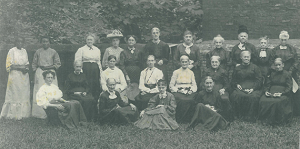
Original “Inmates” and Caregivers of the Old Woman’s Home

“Inmates” and Guests
of the Old Woman’s Home
The Weller House
136 N. Cherry Street
1887 – 1909
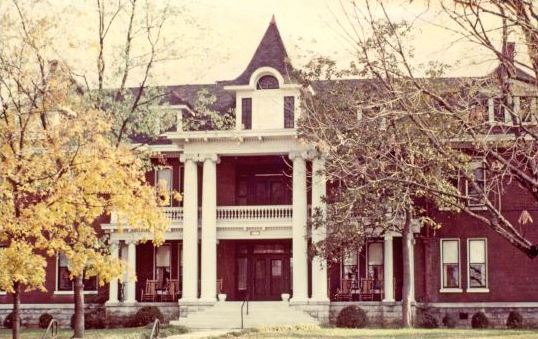
2817 West End Avenue
1909 – 1984
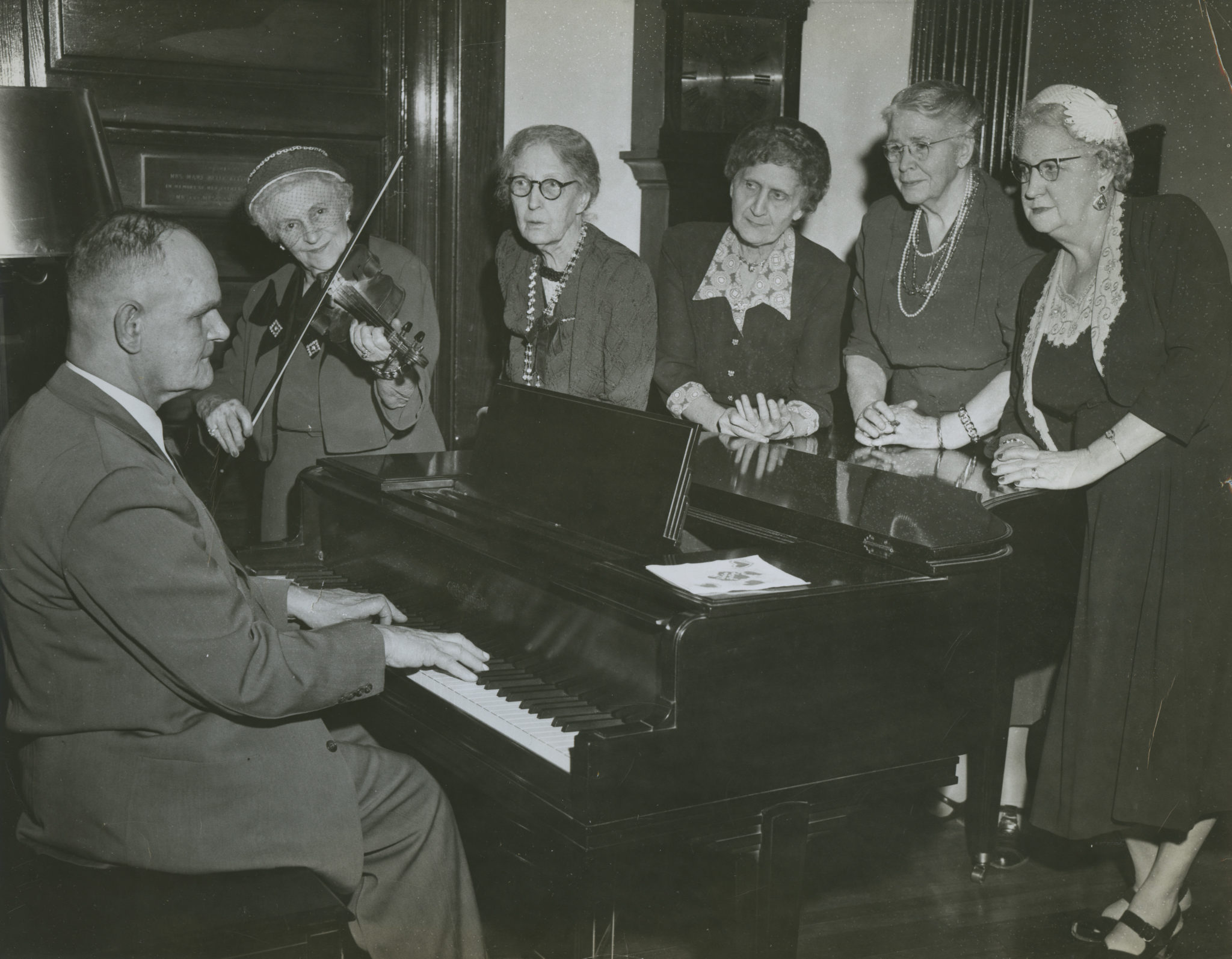
Music around the piano
1950
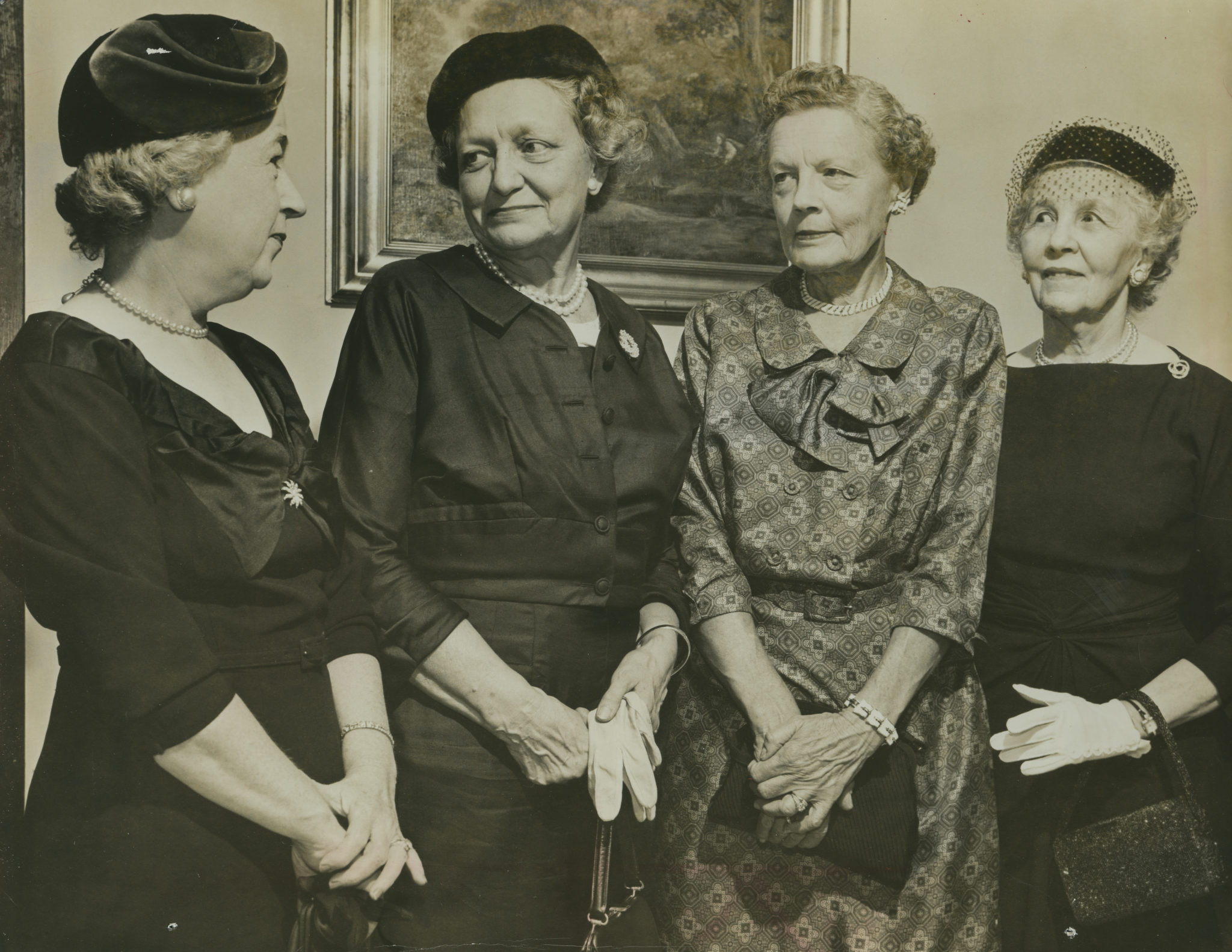
Members of the Auxiliary
1958
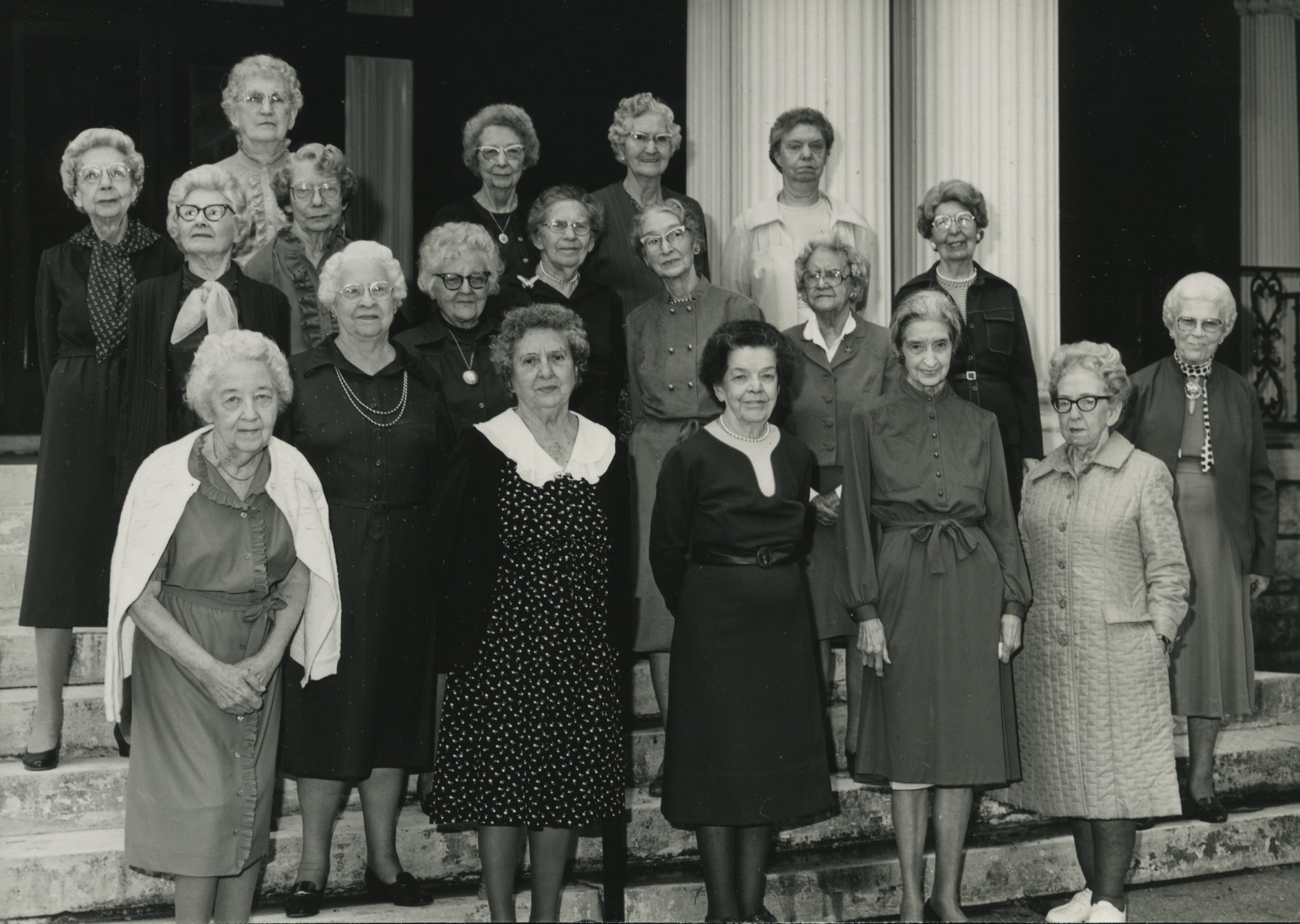
Group Photo in Front of the Home 1984
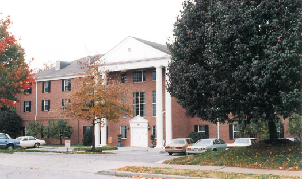
2818 Vanderbilt Place
1984 – 2009

Outing to Harley Davidson Store 2002
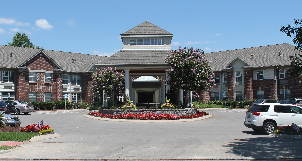
The Blakeford
2009 – 2013
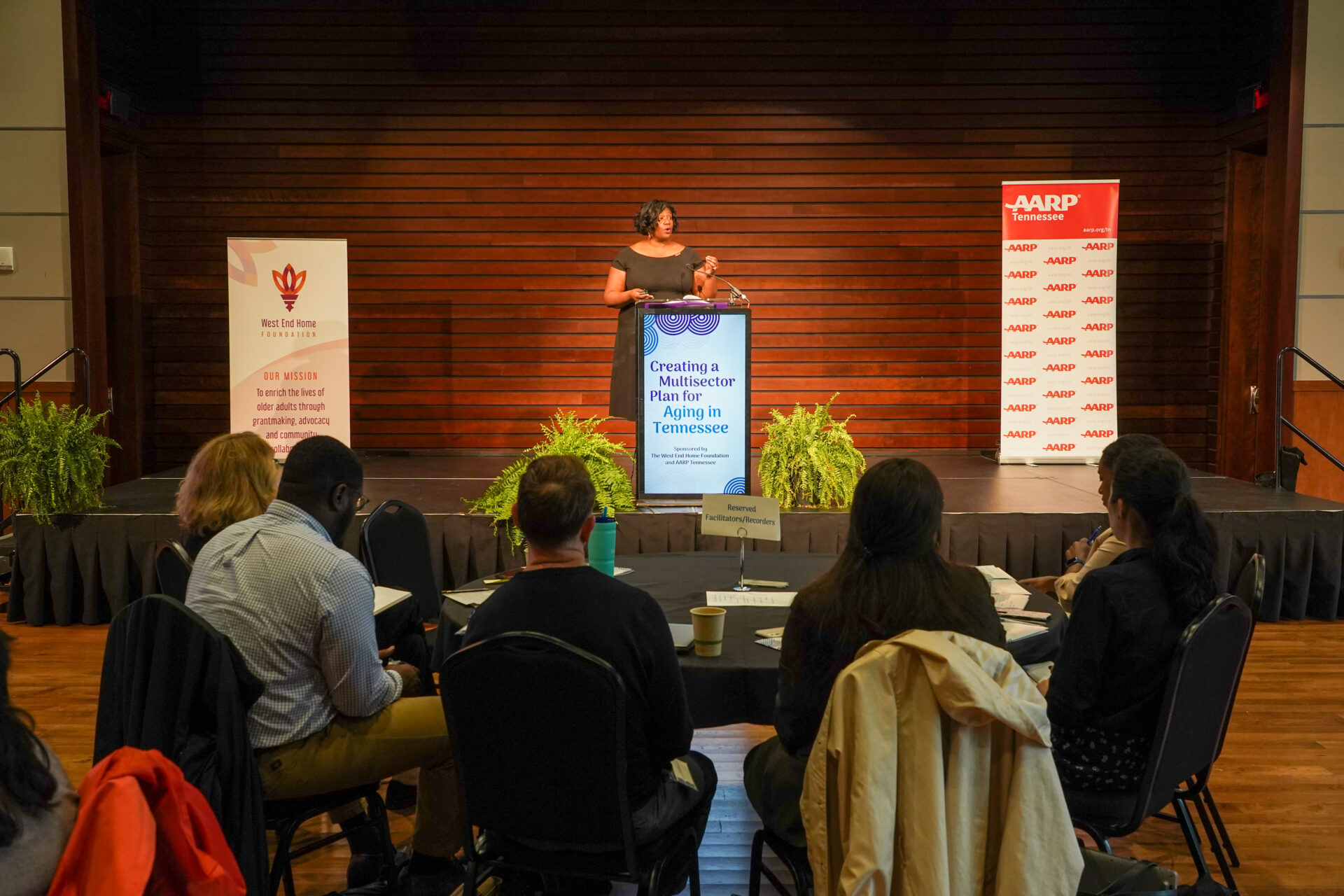
Creating a Multisector Plan for Aging in Tennessee Symposium
2023
A Heartfelt Mission: The West End Home Foundation 1891-2016
by Mary Ellen Pethel (Author)
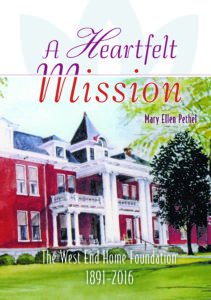
After the Civil War, Nashvillians with a passion for caring were inspired to create the Old Woman’s Home, the forerunner of today’s West End Home Foundation. That generosity and insight set a standard by which we strive to continue to operate. The original mission of providing direct care for senior women lasted for over 120 years. As times changed, the Board members were faced with tough decisions regarding the future of the home, but always in the forefront was the loving care of the remaining residents. With this book, we look back at our history and remain grateful for those that had the foresight and commitment to service that led us to where we are today.
Copies of the book are available at no charge by contacting cindy.dickinson@westendhomefoundation.org
